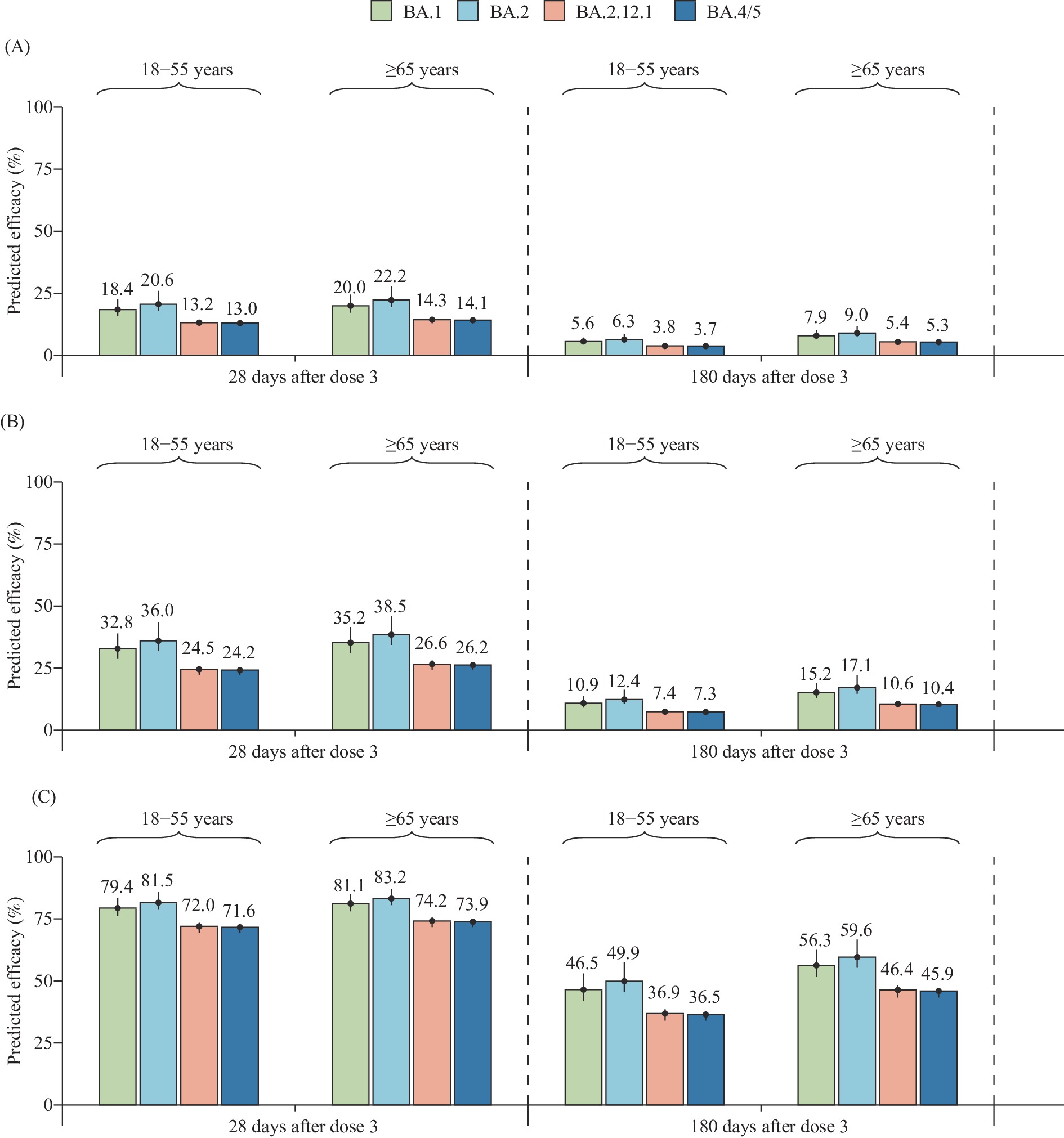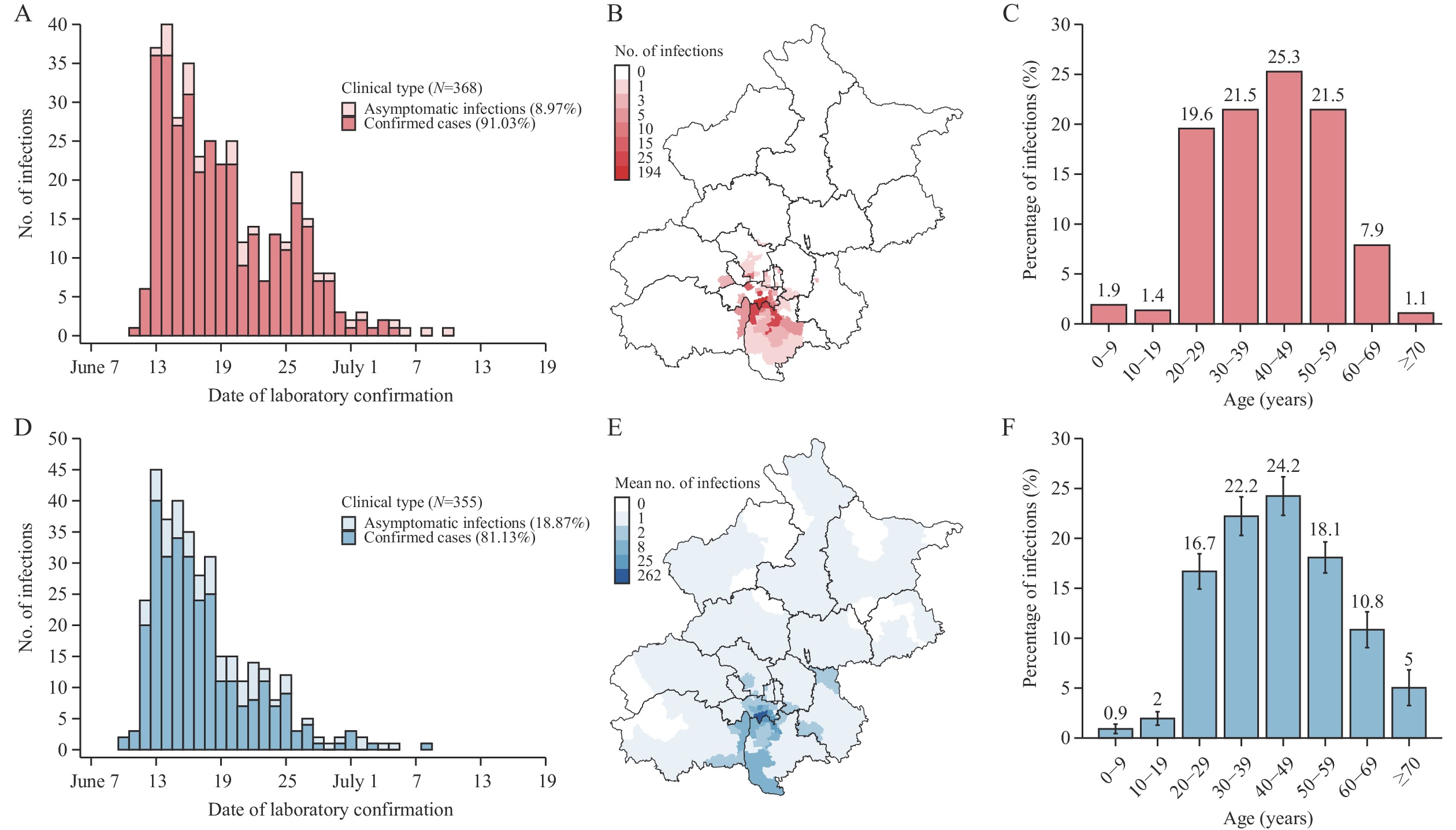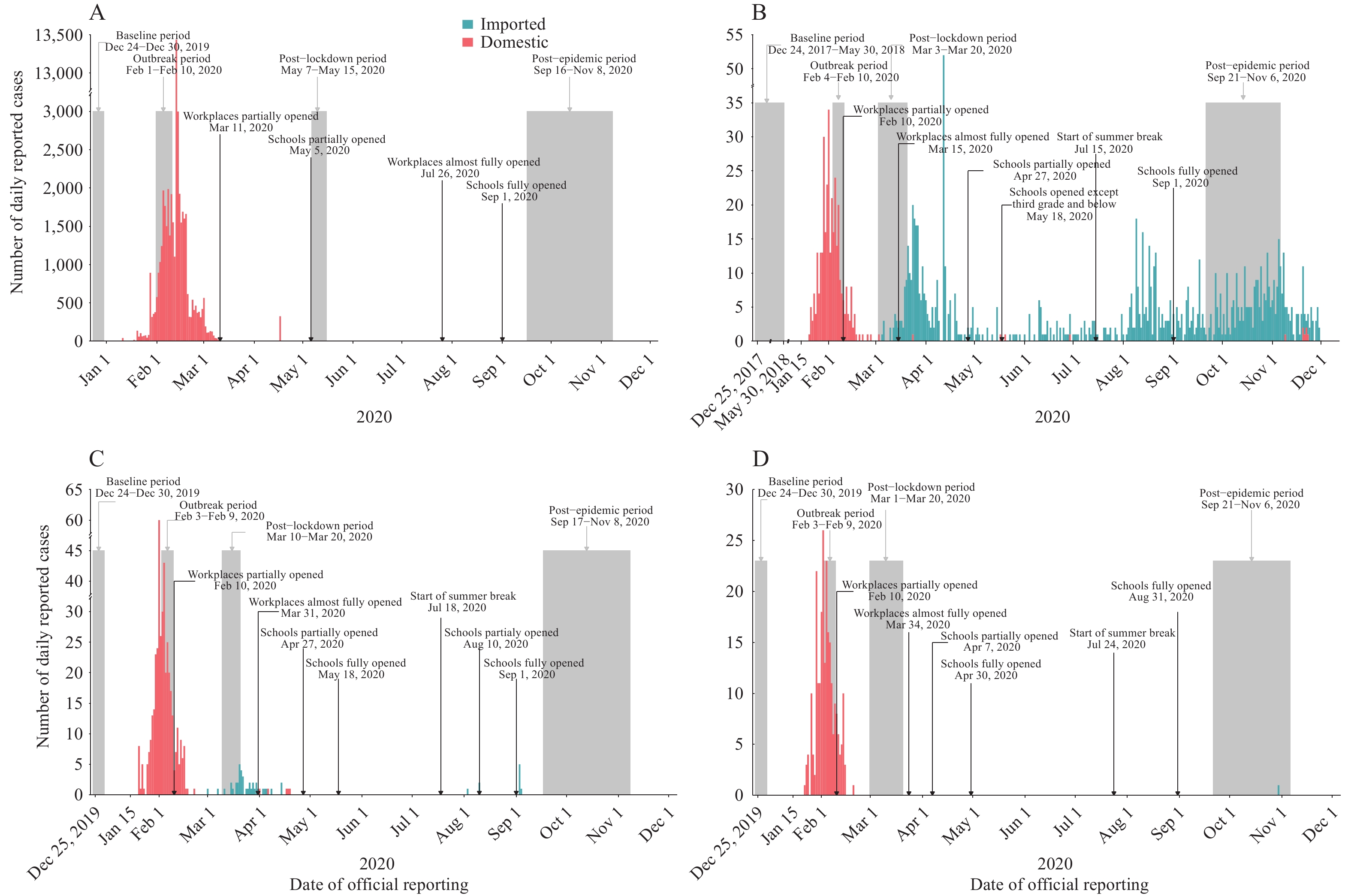2023 Vol. 5, No. 5
Previous studies have explored the spatial transmission patterns of severe acute respiratory syndrome coronavirus 2 (SARS-CoV-2) and have assessed the associated risk factors. However, none of these studies have quantitatively described the spatiotemporal transmission patterns and risk factors for Omicron BA.2 at the micro (within-city) scale.
This study highlights the heterogeneous spread of the 2022 Omicron BA.2 epidemic in Shanghai, and identifies associations between different metrics of spatial spread at the subdistrict level and demographic and socioeconomic characteristics of the population, human mobility patterns, and adopted interventions.
Disentangling different risk factors might contribute to a deeper understanding of the transmission dynamics and ecology of coronavirus disease 2019 and an effective design of monitoring and management strategies.
Previous studies have reported vaccine efficacy or effectiveness against severe acute respiratory syndrome coronavirus 2 (SARS-CoV-2) Omicron subvariants for several vaccine platforms. However, there are currently few data on estimates of inactivated platform coronavirus disease 2019 (COVID-19) vaccines, especially against the globally dominant subvariant — Omicron BA.5.
The study predicts vaccine efficacy against four Omicron subvariants — Omicron BA.1, BA.2, BA.2.12.1, and BA.4/5 — after vaccination with a homologous third dose of CoronaVac across clinical endpoints and age groups.
The results suggest that CoronaVac-elicited immunity may not provide adequate protection against Omicron subvariants after the homologous third dose, and a heterologous booster and Omicron-specific vaccination may be alternative strategies.
China has repeatedly contained multiple severe acute respiratory syndrome coronavirus 2 (SARS-CoV-2) outbreaks through a comprehensive set of targeted non-pharmaceutical interventions (NPIs). However, the effectiveness of such NPIs has not been systematically assessed.
A multilayer deployment of case isolation, contact tracing, targeted community lockdowns, and mobility restrictions could potentially contain outbreaks caused by the SARS-CoV-2 ancestral strain, without the requirement of city-wide lockdowns. Mass testing could further aid in the efficacy and speed of containment.
Pursuing containment in a timely fashion at the beginning of the pandemic, before the virus had the opportunity to spread and undergo extensive adaptive evolution, could help in averting an overall pandemic disease burden and be socioeconomically cost-effective.
Previous studies have demonstrated significant changes in social contacts during the first-wave coronavirus disease 2019 (COVID-19) in Chinese mainland. The purpose of this study was to quantify the time-varying contact patterns by age in Chinese mainland in 2020 and evaluate their impact on the transmission of severe acute respiratory syndrome coronavirus 2 (SARS-CoV-2).
Diary-based contact surveys were performed for four periods: baseline (prior to 2020), outbreak (February 2020), post-lockdown (March–May 2020), and post-epidemic (September–November 2020). We built a Susceptible-Infected-Recovered (SIR) model to evaluate the effect of reducing contacts on transmission.
During the post-epidemic period, daily contacts resumed to 26.7%, 14.8%, 46.8%, and 44.2% of the pre-COVID levels in Wuhan, Shanghai, Shenzhen, and Changsha, respectively. This suggests a moderate risk of resurgence in Changsha, Shenzhen, and Wuhan, and a low risk in Shanghai. School closure alone was not enough to interrupt transmission of SARS-CoV-2 Omicron BA.5, but with the addition of a 75% reduction of contacts at the workplace, it could lead to a 16.8% reduction of the attack rate. To control an outbreak, concerted strategies that target schools, workplaces, and community contacts are needed.
Monitoring contact patterns by age is key to quantifying the risk of COVID-19 outbreaks and evaluating the impact of intervention strategies.



 Subscribe for E-mail Alerts
Subscribe for E-mail Alerts CCDC Weekly RSS Feed
CCDC Weekly RSS Feed


